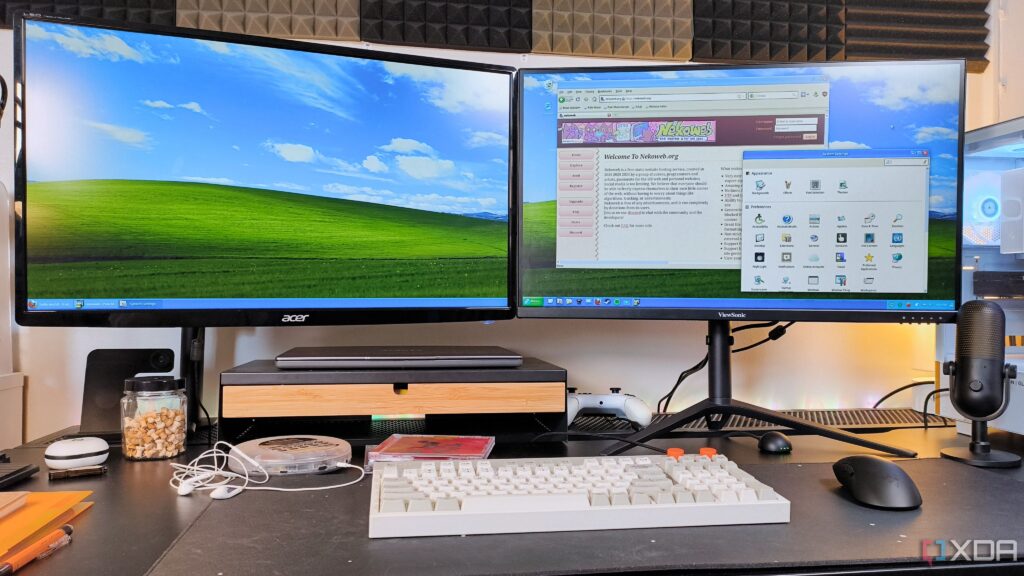
URGENT UPDATE: As PC owners scramble for alternatives following Microsoft’s recent termination of support for Windows 10, experts are sounding alarms about the hidden risks associated with using Windows-lookalike Linux distributions. Many users are drawn to these options due to their free access and compatibility with older hardware, but the pitfalls may lead to frustration and abandonment of Linux entirely.
The appeal of Linux distros designed to mimic the Windows interface is clear; they offer a sense of familiarity. However, users are being cautioned that this superficial comfort often masks significant issues that can arise once they begin regular use. Users may encounter unexpected frustrations when they discover that the underlying systems operate very differently from Windows.
The stakes are high: adopting a lookalike distro could mean facing security vulnerabilities and a lack of long-term support. Many of these distros are developed by small teams or individuals who may not consistently update their systems. Experts warn that outdated customizations could expose users to critical security risks, especially if developers abandon their projects.
“Users expect their new OS to behave like Windows, but they are often caught off guard when familiar Windows shortcuts fail to work,” warns a tech analyst. This disconnect can lead to disillusionment and the mistaken belief that Linux is “broken.”
Furthermore, the highly customized nature of these distros complicates troubleshooting. If problems arise, users may find that advice from the broader Linux community doesn’t apply, leaving them stuck. Official documentation is frequently inadequate, as guides for the base distribution do not match the custom interface, adding to the confusion for newcomers.
Instead of opting for a Windows clone, experts recommend choosing a well-supported and beginner-friendly distro. Options like Linux Mint, Zorin OS, and Ubuntu are highlighted as better choices. These systems maintain a balance between usability and the unique strengths of Linux. They are designed to ease new users into the environment while providing robust support through active communities.
“Learning Linux in a supportive environment promotes confidence and self-sufficiency,” emphasizes a representative from a leading tech support forum. Users can even add familiar Windows-style features to these mainstream distros using tools like KDE Plasma or Cinnamon tweaks, ensuring a smoother transition without sacrificing long-term support.
Despite the allure of a Windows-like interface, experts advise newcomers to focus on building their understanding of Linux. The transition may feel daunting, but it ultimately leads to a more sustainable computing experience.
For users simply looking to extend the viability of older machines, a Windows-lookalike distro might suffice in the short term. However, the long-term disadvantages can outweigh immediate benefits. As the tech landscape evolves, the need for secure and well-supported systems becomes increasingly critical.
What’s Next: As the conversation around Linux alternatives intensifies, users are encouraged to research and engage with reputable sources. With the right support and understanding, new users can navigate the Linux landscape effectively, avoiding the traps of overly familiar interfaces.
Stay tuned for further updates on this developing story as more experts weigh in on the implications for Windows 10 users transitioning to Linux.





